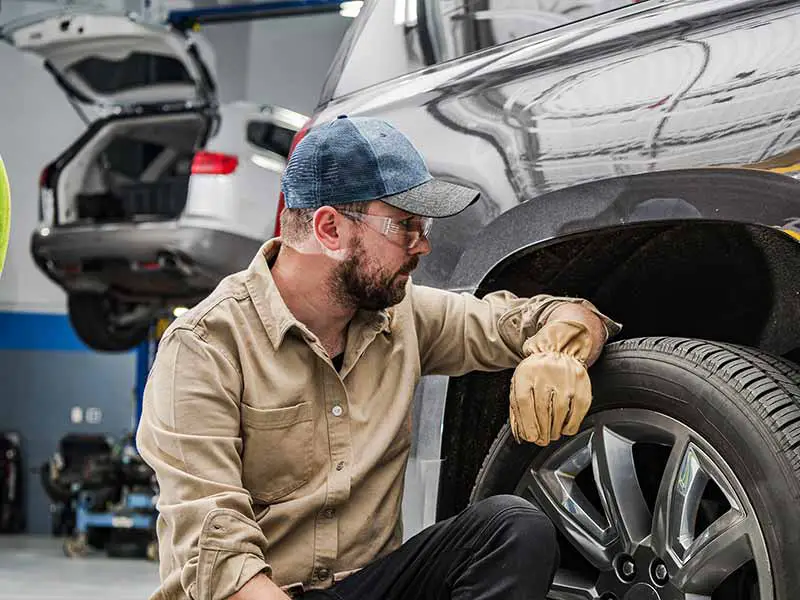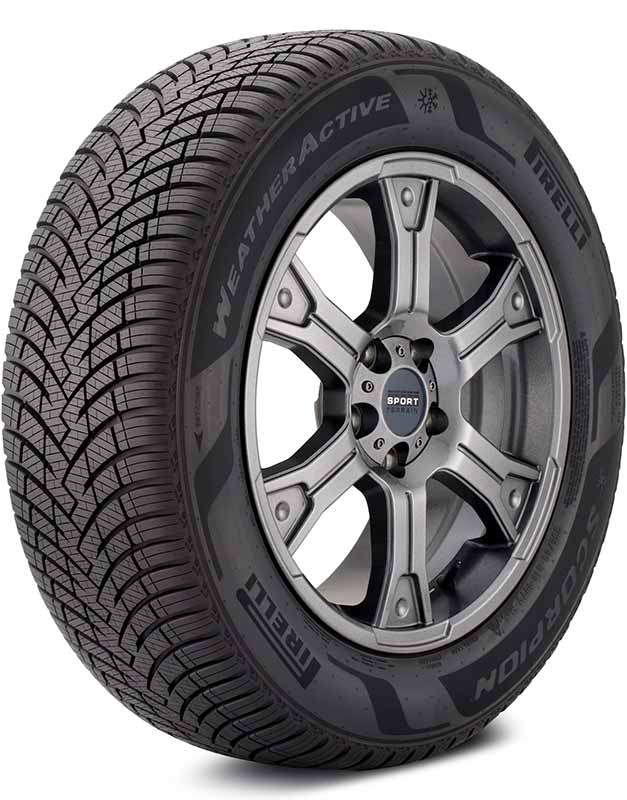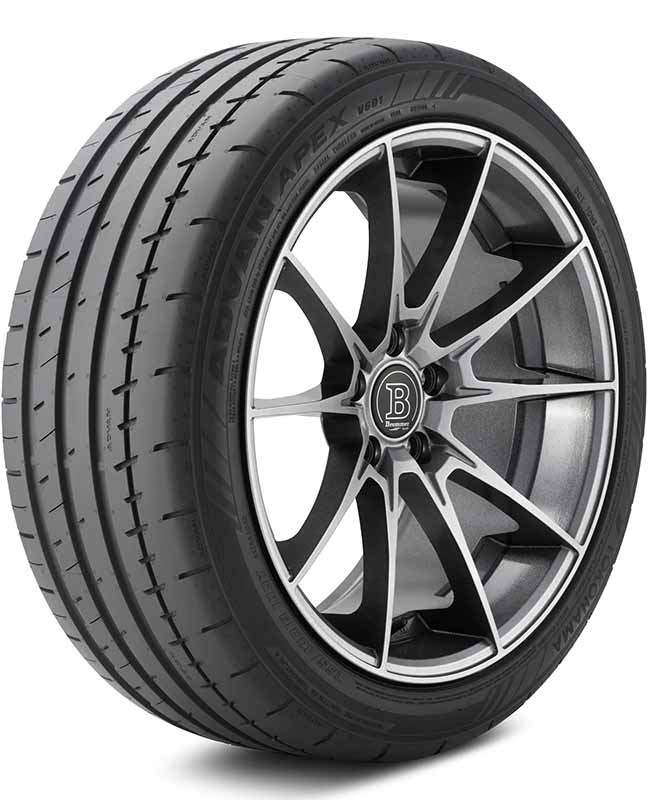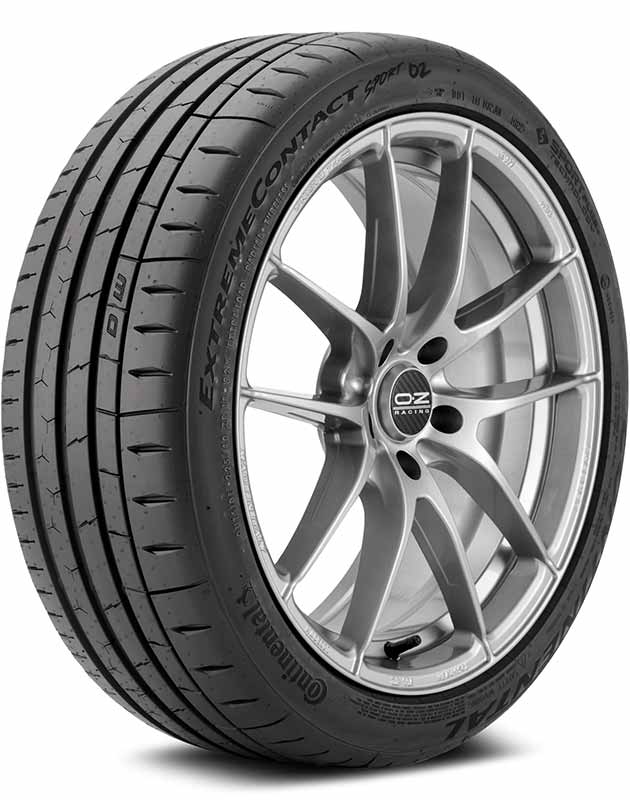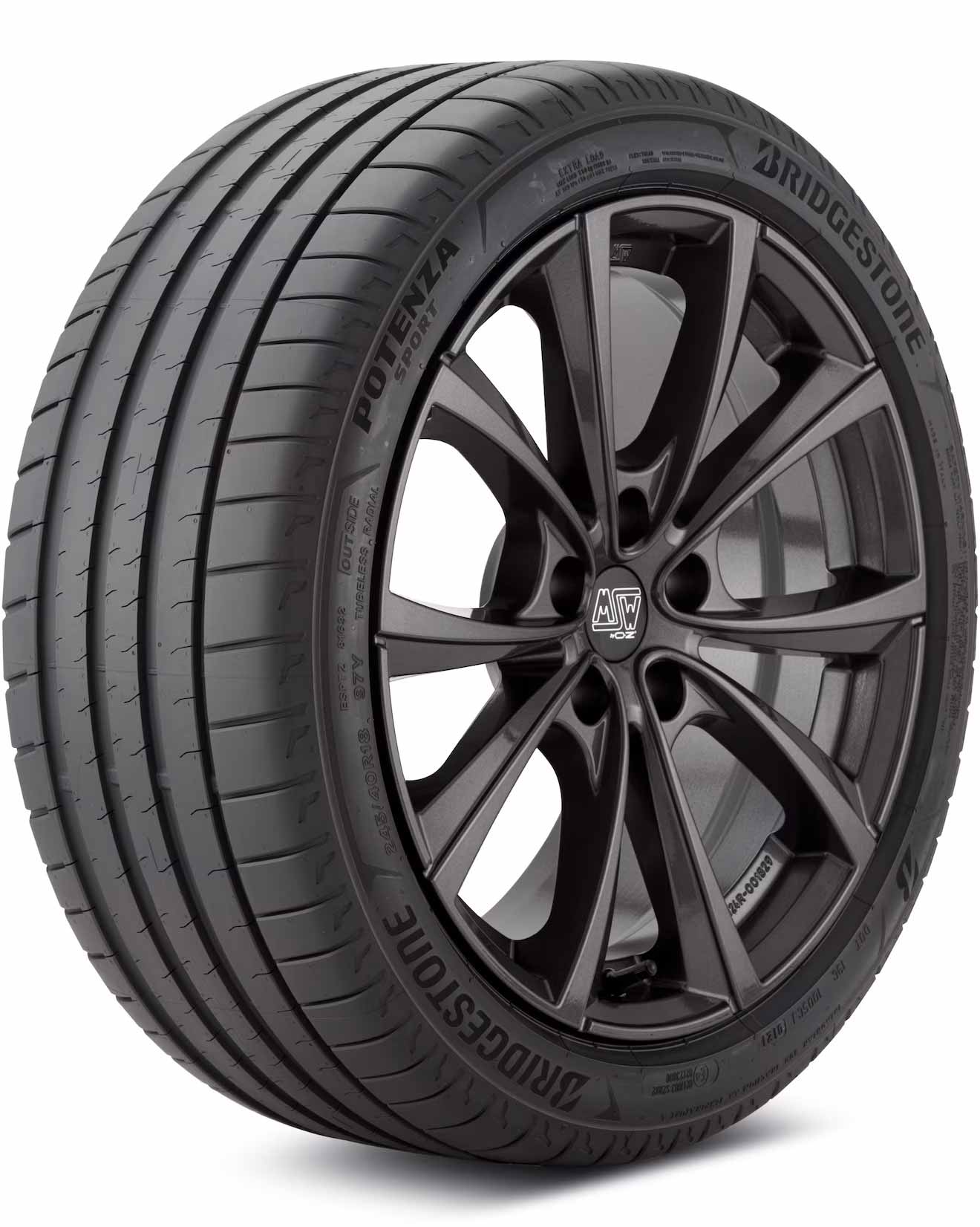Imagine cruising down the highway, music blaring, wind in your hair, when all of a sudden, your car starts to wobble and you hear the telltale flapping of a flat tire. A real mood killer, right? What if you could prevent this scenario with some basic knowledge about your car’s tires?
How Often To Replace Tires?
On average, passenger car or light truck tires should be replaced after they’ve covered around 60,000 to 75,000 miles, or if they are 6 to 10 years old. However, the exact timing depends on factors like driving habits, road conditions, vehicle type, and regular maintenance.
In this article, we’ll take a deep dive into the world of tires, uncovering their average lifespan and signs that they need replacing. We’ll explore topics like tire tread, the role of spare tires, and the ins and outs of the tire replacement process.
Let’s take a closer look.
Tire Life Calculator
Understanding Tires and Their Lifespan
Hey there, tire enthusiasts and road warriors! Let’s dive into the exciting world of tires. Yeah, you heard it right, tires canbe exciting, especially when you realize just how vital they are to your everyday adventures.
The Average Lifespan of Tires
How long does a tire last, on average? Well, if you were to ask the manufacturers, they’d likely tell you that the average passenger car or light truck tire can last anywhere between 60,000 to 75,000 miles. That’s like driving across the United States about 25 times! But keep in mind, this is an average. The lifespan of your tires can vary depending on many different factors.
The Influential Factors
Speaking of factors, let’s look at a few key elements that can affect how long your tires last:
- Driving Habits: Do you have a lead foot, or are you the kind of driver who’s slow and steady? Speedy drivers can wear out their tires faster than those who drive a bit more leisurely.
- Road Conditions: If your commute involves rough roads, potholes, or sharp objects, these could wear down your tires more quickly.
- Climate: Extreme heat or cold can also play a role in your tire’s lifespan. For example, hot asphalt in summer can be hard on your tires.
- Vehicle Type: Different types of vehicles put different amounts of pressure and wear on their tires. Trucks that carry heavy loads, for example, can wear out tires faster than light passenger cars.
- Maintenance: Regular maintenance, like tire rotations, alignment, and proper inflation, can really help extend the life of your tires.
Tire Tread and Lifespan
Now let’s talk about something super important, the tire tread. This is the part of your tire that makes direct contact with the road. As you drive, the tread slowly wears away, and when it gets too low, that’s when you need to replace your tires.
The tread on your tires isn’t just for show – it’s crucial for your safety. It helps your tires grip the road, making it easier for you to steer, stop, and accelerate. Plus, it helps channel water out from under your tire, which can help prevent scary stuff like hydroplaning in wet conditions.
Recognizing When To Replace Your Tires
Alright, now that we’ve chatted about the lifespan of tires, let’s dive into the nitty-gritty. How do we actually know when it’s time to replace those trusty road buddies of ours?
Watch Out for Tire Wear
Our first point of call is to check out the tire tread depth. As we learned earlier, the tire tread is super important for safety. But how do we know when the tread depth is too low? Well, that’s where the penny test comes in!
The Penny Test
Here’s a super simple trick you can use. Take a penny and insert it into your tire’s tread groove with Lincoln’s head upside down. If you can see all of Lincoln’s head, it means your tire tread is less than 1/16 of an inch, and it’s time to replace your tires. Neat, huh?
But remember, don’t just check one spot. Check several places around each tire because wear could be uneven.
Winter Tires and Their Tread Depth
If you live somewhere where the snow likes to visit, you might have winter tires. Now, these are a little different. For winter tires, you’ll want more tread — ideally, you should replace them when they reach 5/32 of an inch. This extra tread depth is necessary because it helps your tires bite into the snow and ice, giving you better control. Safety first, after all!
Regular Inspection Is Key
Now, checking the tire tread isn’t the only thing you should be doing. Make sure to give your tires a good look-over regularly. Check for any cracks, bulges, or objects stuck in the tires. If you see anything that looks out of the ordinary, it’s a good idea to have them checked out at a tire shop.
Is It Time to Replace Your Tires?
So, we’ve covered the basics of understanding your tires and recognizing when they might be past their prime. But now let’s dive into a question that might be buzzing around in your head: “How often do I really need new tires?”
When Do You Really Need New Tires?
The quick and simple answer is… well, it’s not that simple. As we learned earlier, tire lifespan can depend on a lot of different factors. If you drive more miles in a year, you might need to replace your tires more often than someone who only takes short trips. And if your tires are properly maintained, they could last longer than the average.
Remember, the penny test is your friend. Regularly checking your tire tread depth can help you know when it’s time to go shopping for new tires.
The Age of Your Tires
Now, here’s a thought: Can a tire be too old? The answer is yes! Even if your tires haven’t traveled many miles, they can still age. Rubber breaks down over time, and this process can be sped up by factors like heat and sunlight. So, those 7-year-old tires you’ve got in your garage? They might not be as safe as you think, even if they have lots of tread left.
What About Tires That Aren’t Driven Much?
And for those of you who don’t drive your vehicles much, here’s a tip. Tires that sit unused for a long time can also degrade, especially if they’re exposed to extreme temperatures or if they’re underinflated. So, even if you’ve only put a few thousand miles on your car in the last couple of years, it’s still a good idea to check your tires regularly.
Understanding Tire Replacement
Alright, we’ve reached the point where you’re thinking about replacing those tires. But a lot of questions might be popping up. Should I replace all four tires at once? Do they all need to match? What’s up with spare tires? Let’s get those questions answered!
Replacing All Four Tires
Here’s the scoop. It’s typically best to replace all four tires at once. This is because having four tires with the same tread depth helps keep your vehicle balanced and allows all your tires to respond to road conditions in the same way, which is safer and better for your car.
But don’t worry, we understand that buying four new tires can be a bit of a hit on your wallet. In some cases, it might be okay to replace just two tires at a time. But you should always put the new tires on the back of your vehicle. This helps prevent your car from spinning out if you lose traction.
Matching Tires
And yes, all four tires should match. This means they should be the same brand, model, and size. Having matching tires is important because it ensures they will all perform equally. Mixing different types of tires can lead to handling problems.
The Role of Spare Tires
Now, what about that spare tire that’s been sitting in your trunk? Spare tires are great for emergencies when you get a flat tire, but they’re not meant to be driven for long distances or at high speeds. And just like your regular tires, spare tires can also age and degrade over time. So make sure to check your spare tire regularly as well!
Resources
Below are some links you may find helpful when learning about tires
- When and how often to replace your tires – Nerd Wallet
- Do my tires need to be replaced? – Kelly Blue Book
Final Thoughts
We’ve reached the end of our journey on tire replacement, folks. Here’s a condensed summary of our trip:
- Average Lifespan of Tires: Tires on passenger cars or light trucks typically last 60,000 to 75,000 miles or 6 to 10 years. Factors like driving habits, road conditions, vehicle type, and maintenance affect this lifespan.
- Recognizing Tire Wear: Watch for signs of wear, using the penny test to check tire tread depth. Remember, even your winter tires’ tread needs to be kept an eye on.
- The Timing for New Tires: When you need new tires depends on your driving frequency and distance, and the age of your tires. Regular checks are essential as even less-traveled tires can degrade over time.
- Replacing Tires: For balance and performance, it’s generally best to replace all four tires at once and ensure they’re of the same brand, model, and size.
- The Replacement Process: Tire shop experts will assist in choosing and installing the best tires for your needs, plus advise on maintenance.
Understanding your tires and knowing when to replace them safeguards not just against inconvenient flat tires, but also promotes your safety and vehicle longevity. So, keep monitoring the tread and drive safely! Remember, good tire care means a smoother ride.
Good luck and happy motoring.
